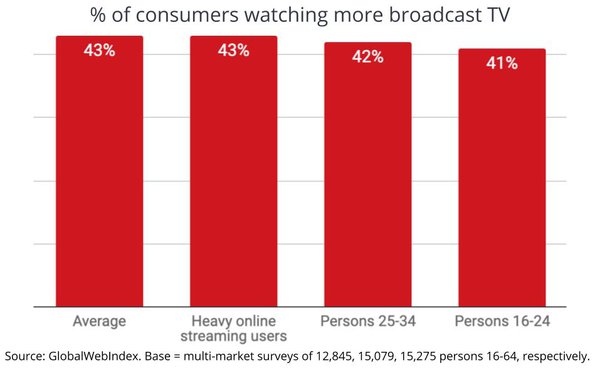
As
consumers begin shifting from an initial crisis phase to a more “normal” and sustained period of the COVID-19 pandemic, analysts are beginning to project some of the longer-term effects on
media. After months in which many consumers were staying-at-home, there has been one surprising and unanticipated change in their …